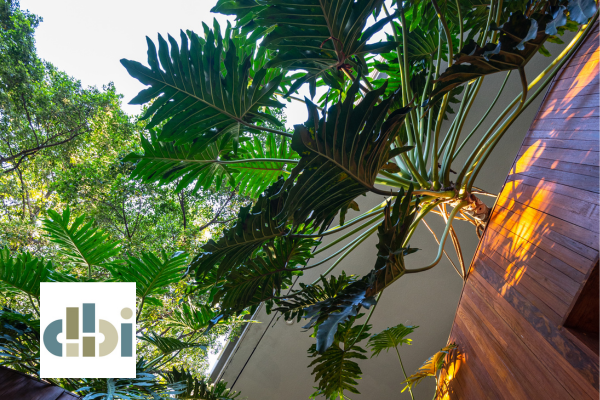
The concept of biophilic design has gained significant attention and recognition in architecture.
Biophilic design is a philosophy that emphasizes integrating nature and architecture into the built environment, creating spaces that promote well-being, productivity, and a connection with the natural world. This design approach recognizes the inherent human need to connect with nature and seeks to bring the outdoors indoors.
The Biophilic Design Trend
By drawing inspiration from nature, the biophilic design incorporates natural light, vegetation, water features, and organic materials into architectural spaces. These elements not only enhance the aesthetic appeal of a building but also contribute to its occupants’ physical and mental well-being. Research has shown that exposure to nature and natural elements can reduce stress, improve cognitive function, and increase productivity. As a result, biophilic design has become an influential factor in creating sustainable and human-centric spaces.
Architects have been increasingly incorporating biophilic principles into their designs, whether it’s a residential building, an office space, or a public facility. This design approach considers factors such as daylight optimization, views of nature, green roofs, indoor gardens, and natural ventilation systems. “The Jewel” at Changi Airport, Singapore, demonstrates biophilic design elements.
By seamlessly integrating nature into the built environment, architects aim to create harmonious and healthier spaces for occupants.
PuttingYour Biophilic Design Skills to Work
Recruiters specializing in architecture play a crucial role in the evolving landscape of biophilic design. They can effectively support both architects seeking employment opportunities and design firms looking to hire biophilic design professionals. Here are three ways recruiters contribute:
- Identifying Skills: Recruiters possess deep industry knowledge and can identify architects with skills and experience in biophilic design. They understand the specific qualifications, certifications, and portfolio requirements that demonstrate proficiency in this area. Recruiters can also guide the kind of training and development opportunities architects should seek to enhance their knowledge of biophilic design.
- Understanding Industry Trends: Recruiters are well-versed in industry trends, including the rise of biophilic design. They can provide architects and design firms valuable insights into current and emerging trends, helping them align their services and design strategies accordingly. By understanding the market demand for biophilic design, architects can position themselves as industry leaders and stay ahead of the curve.
- Networking: Recruiters have extensive networks within the architecture and design industry. They can connect architects and designers with firms prioritizing biophilic design in their projects. By leveraging their connections, recruiters can help professionals find opportunities that align with their interests, skills, and passion for biophilic design. This networking aspect is crucial in fostering collaborations and creating a community of professionals dedicated to integrating nature into architecture.
Biophilic design has emerged as a transformative approach in modern architecture, emphasizing integrating nature and natural elements into the built environment. Recruiters specializing in architecture can significantly contribute to this movement by identifying professionals with the skills and experience in biophilic design, providing industry insights, and connecting architects with firms that prioritize this design philosophy.
By embracing biophilic design principles, architects can create spaces that promote well-being, enhance human connection with nature, and pave the way for sustainable and harmonious built environments.